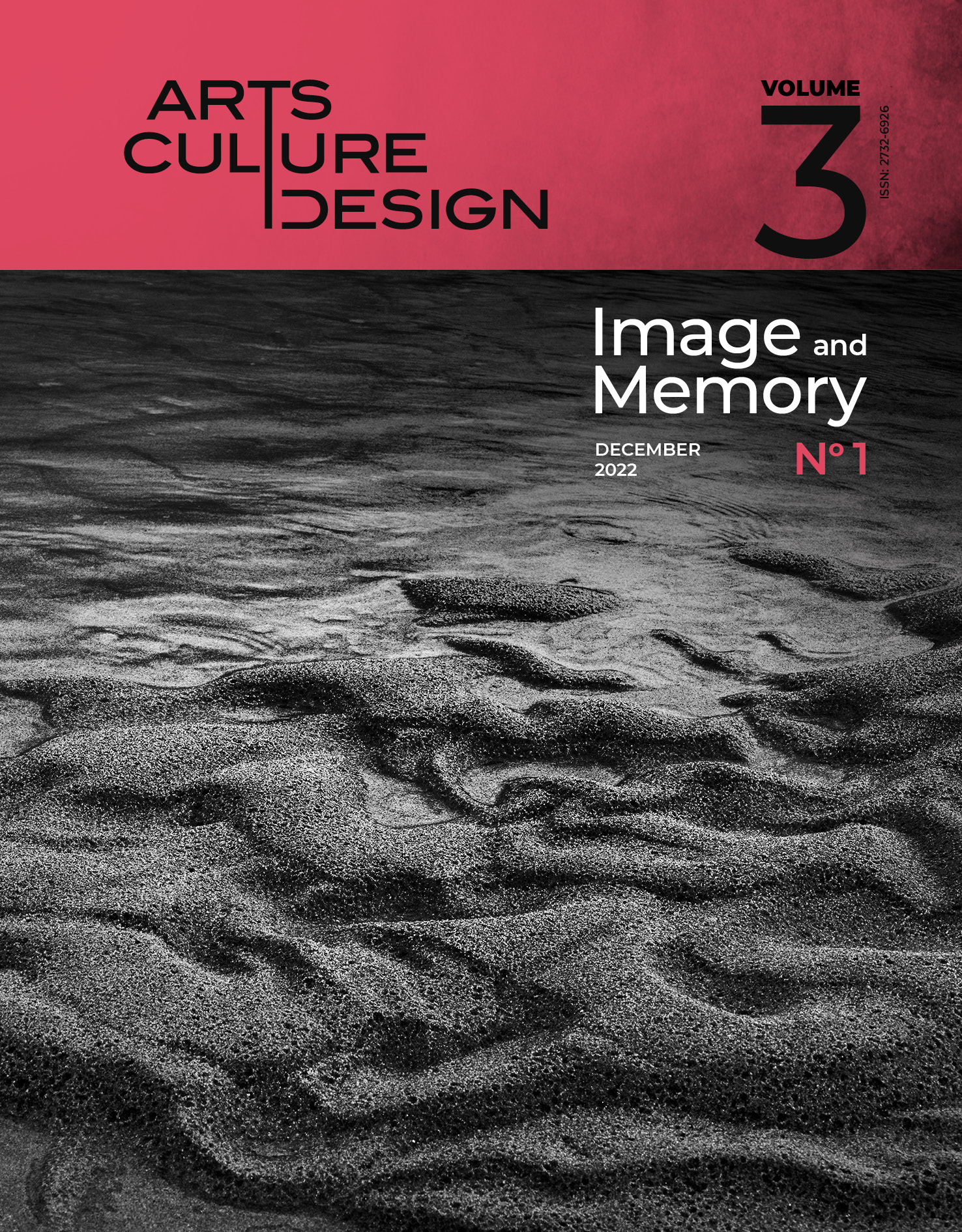MEMORY AND OBLIVION: TANGIBLE IMAGES AND UTOPIA

Abstract
The thesis of W. Benjamin on the concept of History echoes as almost an anti-postmodernism manifesto: the approach to the past is structured through images, not narratives. Indeed, in the tension between history (the universal past rooted in agreed replicable methodologies for a human archetype) and memory (the ego or sociocentric past rooted in individual experiences), egos design narratives and try to fit evidence into them, whereas the historical past is constantly reconstructed through zooming in details that generate new images. The image in history, as the mental image in individuals, is not a layer of arrival, nor even a point of departure, but a vehicle of transformation of how space is perceived (as Kant argued) or constructed (following Bachelard), the phenomenological process of performing tasks in space being the driver of such construction (as argued by Ingold). The design of history through images is, in this sense, the process of social construction of cultural landscapes, i.e., of the poetics of space. This is a process that encompasses four mechanisms of change: identification (based on senses and, primarily, on touch and sound), adaptation (the Kantian perception of the space as the scenario of human aptitude), transformation (the poetics of the making, creating new landscapes by changing their core images) and method (namely the dialectics of tangible and intangible dimensions). The tension between image and narrative is, ultimately, the root of the tension between ego/socio-centered memories and the anthropic-rational history. In such a process, history builds from memories, by overcoming their narratives and preserving basic units of information that may be recombined, to create novel images of the past, but also of the present and the future. In such a process, history considers memory oblivion and an indicator of reliability or not of those memories. In this paper we discuss how material culture is the backbone of mental images and why it has a much more plastic and transformative nature than intangible narratives, which are expressions of the consolidation (and conservation) of understandings. The keyword in such a memory process is oblivion: images allow us to forget fossil narratives and to move into new utopias.
Article Details
- How to Cite
-
Oosterbeek, L. (2023). MEMORY AND OBLIVION: TANGIBLE IMAGES AND UTOPIA. Design/Arts/Culture, 3(1), pp. 7–15. https://doi.org/10.12681/dac.33699
- Section
- Articles

This work is licensed under a Creative Commons Attribution-NonCommercial-ShareAlike 4.0 International License.
The copyright for articles in this journal is retained by the author(s), with first publication rights granted to the journal. By virtue of their appearance in this open access journal, articles are free to use (with the exception of the non-granted right to make derivative works) with proper attribution for non-commercial uses (licence Creative Commons 4.0). EKT/NHRF retains the worldwide right to reproduce, display, distribute, and use articles published in DAC in all formats and media, either separately or as part of collective works for the full term of copyright. This includes but is not limited to the right to publish articles in an issue of the Journal, copy and distribute individual reprints of the articles, authorize reproduction of articles in their entirety in another EKT/NHRF publication, and authorize reproduction and distribution of articles or abstracts thereof by means of computerized retrieval systems.
DAC journal considers all submitted artwork on the condition author(s) confirm that third-party intellectual property rights are not violated in any way.
Author(s) are responsible for securing permissions to publish copyrighted material, such as photographs and other artwork and for paying any fees involved. Production of an article will not begin until the editor has received all relevant permissions.
The copyright for published articles in Design | Arts | Culture is retained by the author(s). By virtue of their appearance in this open access journal, articles can be used freely, with proper attribution, for educational and other non-commercial purposes.


